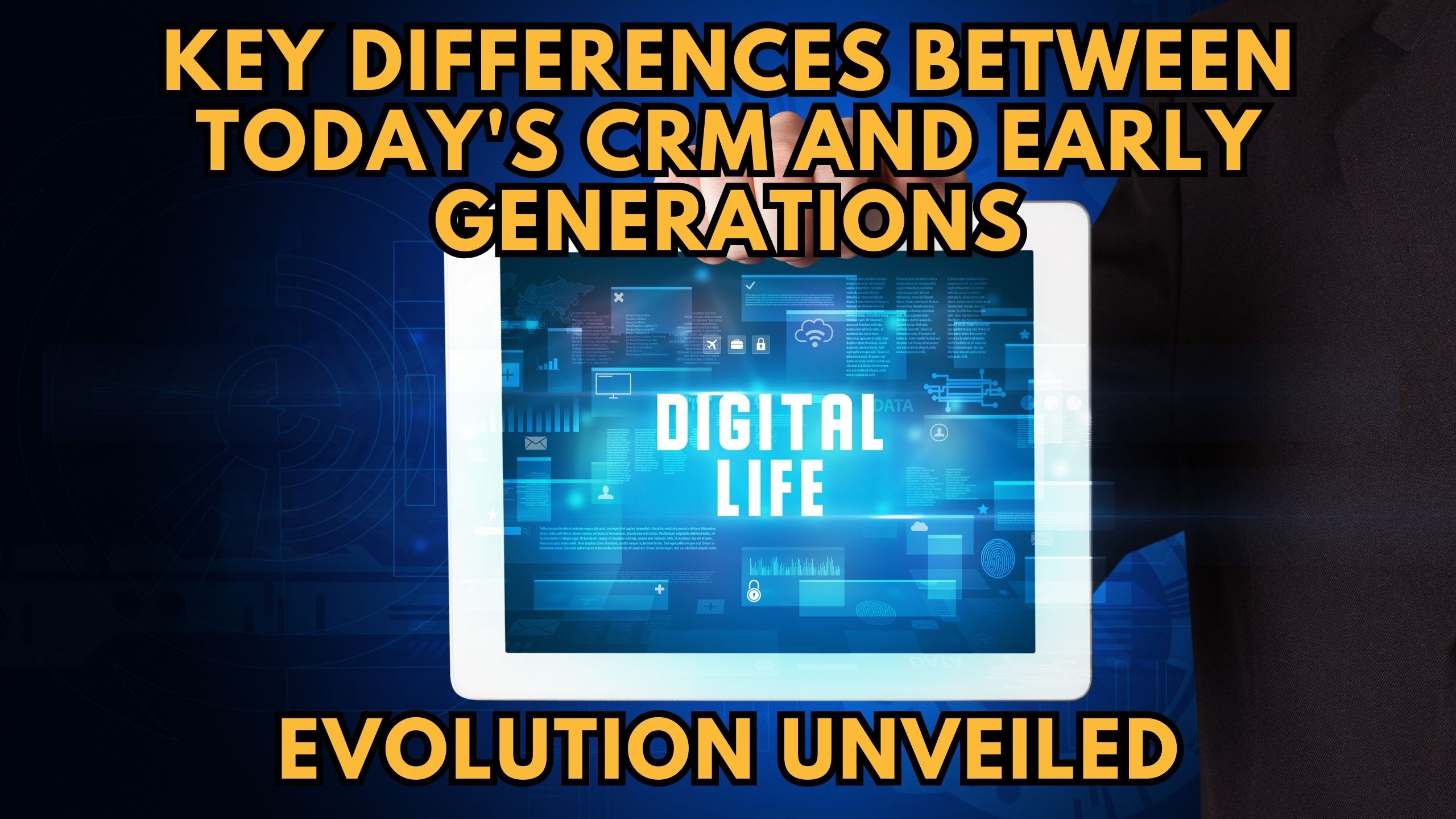Key Differences Between Today’s CRM and Early Generations: Evolution Unveiled
- Proposal Software Customer Relationship Management


Key Differences Between Today’s CRM and Early Generations: Evolution Unveiled
As technology continues to advance, the landscape of Customer Relationship Management (CRM) systems has undergone significant transformations. In this exploration, we will dissect the key differences between today’s CRM solutions and their early generations, shedding light on the evolution that has shaped modern CRM platforms.
1. Evolution of User Interface and Accessibility
One of the noticeable distinctions lies in the user interface and accessibility. Early CRM systems were often clunky and complex, requiring extensive training for users. Today’s CRMs, exemplified by intuitive platforms like HubSpot, prioritize user-friendly interfaces, ensuring a seamless and enjoyable experience. Accessibility has been enhanced through cloud-based solutions, allowing users to access CRM data anytime, anywhere.
2. Integration Capabilities and Data Analytics
The evolution of CRM is marked by improved integration capabilities and robust data analytics. Modern CRMs like Salesforce offer extensive integration options, allowing seamless connectivity with various business tools. Additionally, advanced analytics tools embedded within CRMs enable businesses to derive meaningful insights from customer data, facilitating informed decision-making.
3. Personalization and Customer Engagement
Early CRM systems lacked the personalization features prevalent in contemporary solutions. Zoho CRM stands out for its emphasis on personalized customer engagement. Through AI-driven insights, businesses can tailor interactions based on individual customer preferences, fostering stronger relationships and increasing overall customer satisfaction.
4. Automation and Workflow Optimization
Automation is a defining characteristic of modern CRMs, streamlining processes and optimizing workflows. Pipedrive excels in workflow automation, allowing businesses to automate repetitive tasks and focus on high-value activities. This evolution enhances efficiency, reduces manual errors, and accelerates the overall pace of operations.
5. Mobile-Friendly Platforms and Real-Time Updates
Unlike early CRM systems confined to desktop environments, today’s CRMs prioritize mobile-friendliness. Solutions like Monday.com enable users to manage customer relationships on the go, ensuring real-time updates and collaboration. This shift towards mobile accessibility enhances productivity and responsiveness in a dynamic business environment.
Conclusion: Navigating CRM’s Evolutionary Journey
In conclusion, the evolution of CRM from its early iterations to contemporary solutions reflects a commitment to user-centric design, advanced functionalities, and enhanced business outcomes. As businesses embrace these changes, they unlock the potential for deeper customer relationships and more efficient operations.
Unlock the Power of Modern CRMs with Subscribed.fyi
Empower your CRM journey with Subscribed.fyi, your all-in-one solution for understanding, comparing, and managing your SaaS stack. Sign up today to unlock exclusive deals, streamline subscription management, and gain insights that propel your CRM strategy to new heights.
Relevant Links:





